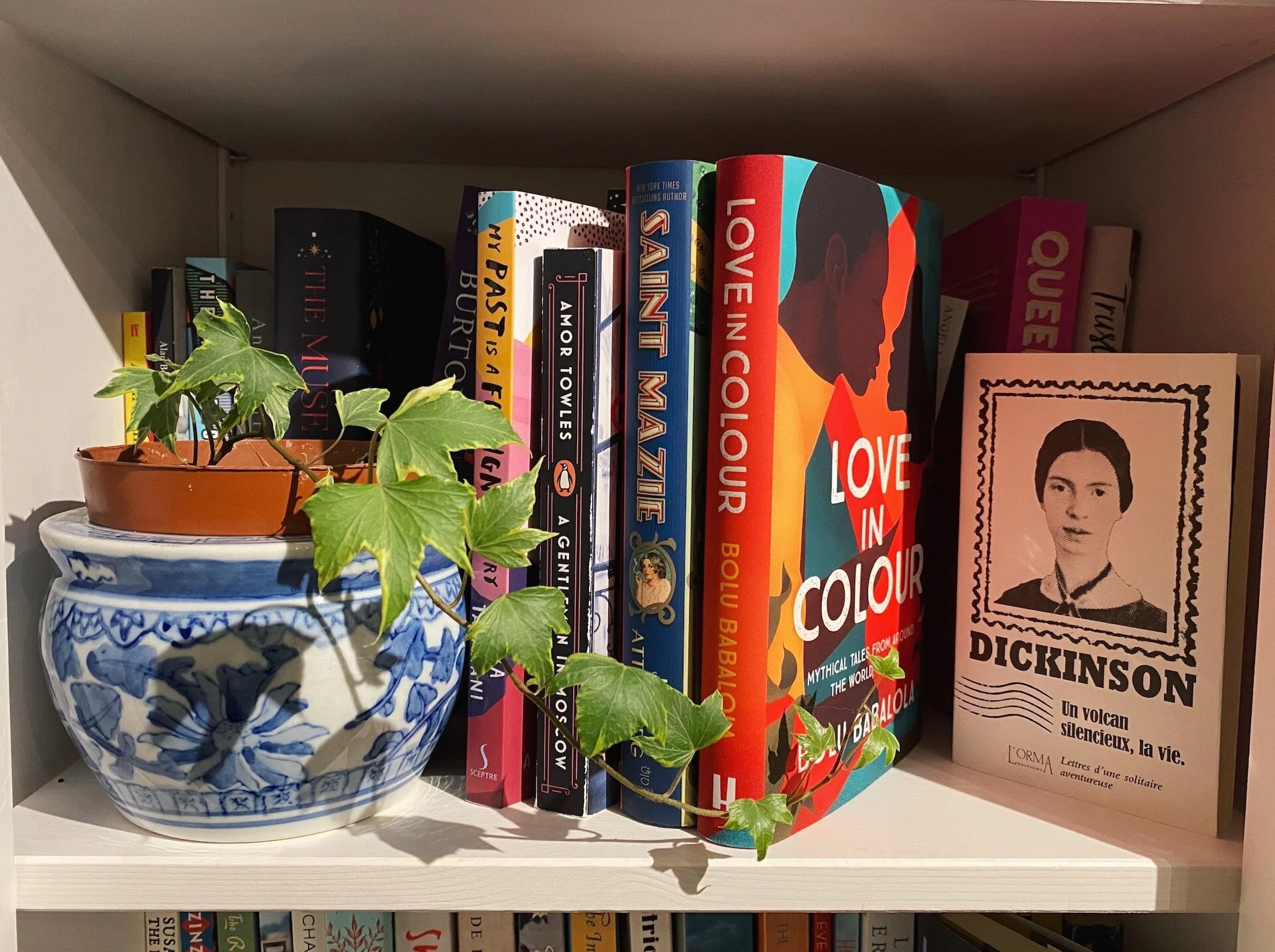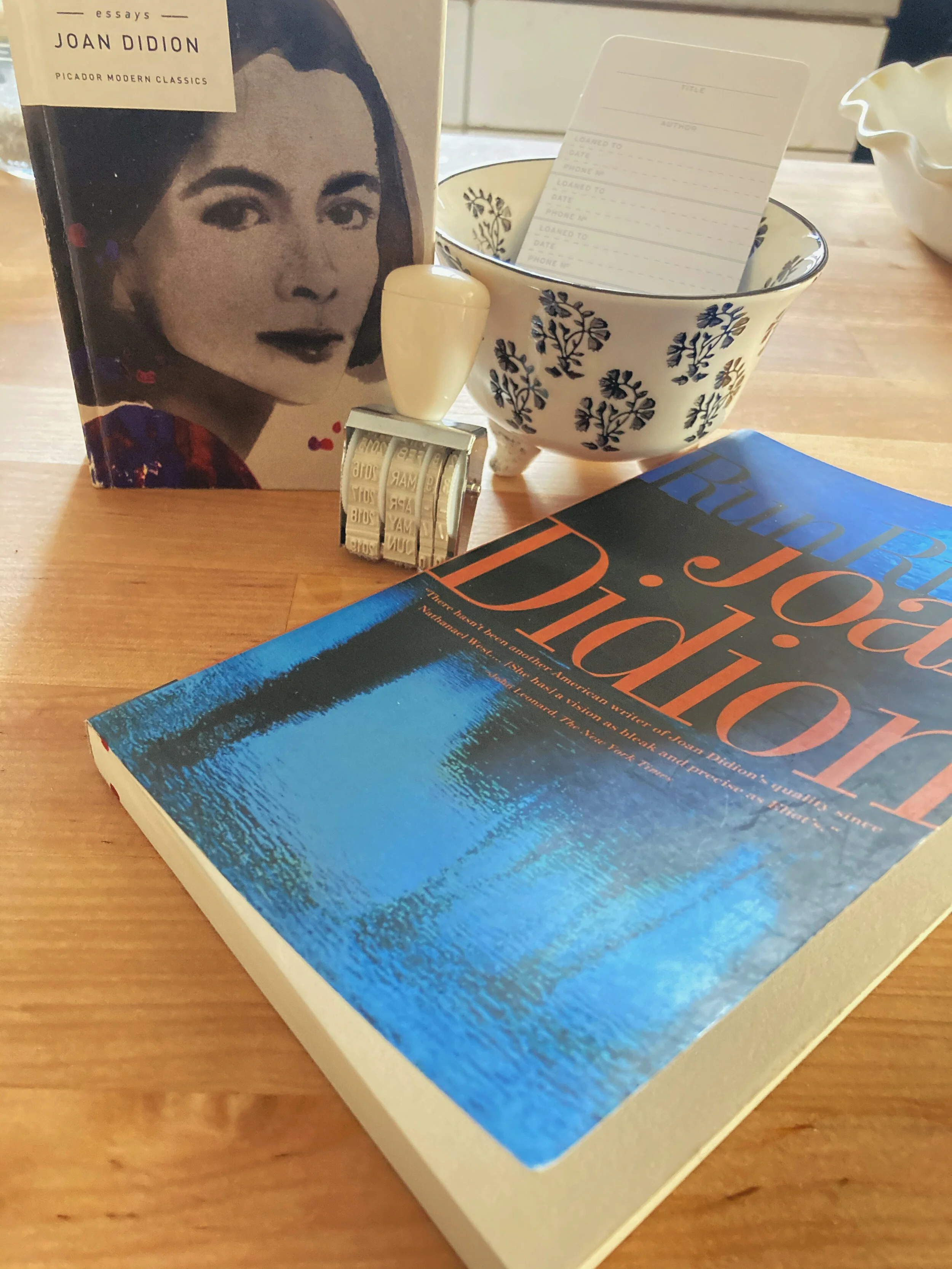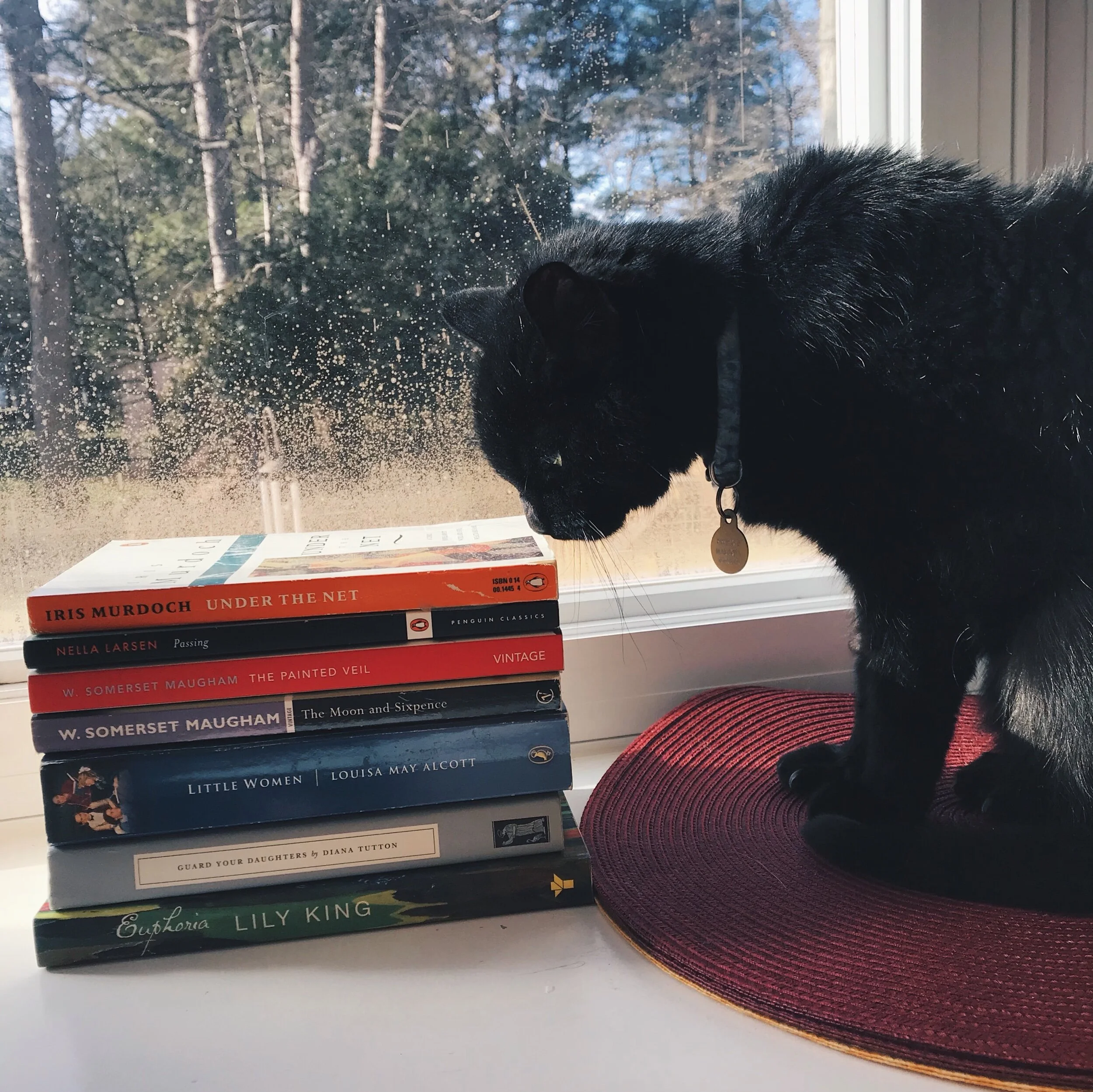The Lush, Tempestuous World of Costalegre
Every once in a torrential storm, there comes along a lull — a moment you don't know yet what it might bring, if anything at all. Only once a flash of lightning occurs and you count the seconds until the booming thunder follows do you realize it’s all about to get a whole lot bigger, and things have only just begun. Every once in a while, I find a book that seems to pique my interest, and only once I start do I realize how beautiful and staggeringly precise its contents will turn out to be. In an intoxicating swirl of 1930s surrealism, loss, art, search, and longing, Courtney Maum’s Costalegre is such a book. Truly, Costalegre is a storm.
Set on the cusp of WWII, Costalegre opens from the perspective of young Lara Calaway and follows in the form of her diary, sketches, and drafted unsent letters describing the day to day of her life in a secluded Mexican retreat. The only child in a community of artists and a few local residents, Lara has been brought, or rather wound up, here as an afterthought of her mother’s emigration from Europe. Her brother safely tucked away at boarding school, father nowhere to be found, and mother selfishly consumed with a new husband and gaggle of eccentric artists, Lara is essentially alone. Without structured schooling, she spends most of her time attempting to learn Spanish, identify the natural world around her using a single guidebook, and assimilate with the artists themselves by participating in their studio hours and creating work of her own. Through these distractions, however, Lara is most importantly searching for some form of connection, and upon meeting the elusive Jack Klinger, she hopes desperately to have finally found it.
When I call Costalegre a storm, what I mean to say is that it is a perfect storm. Telling the story of Lara and her mother, Leonora, Maum was inspired by the life and world of iconic art collector Peggy Guggenheim and her daughter Pegeen Vail Guggenheim. While Peggy obsessively cataloged her life, Pegeen, as far as I know, didn’t, and so the natural window of curiosity opens. Don’t we all (particularly us the daughters, but truly all children tasked with that assignment at birth of belonging to inordinary parents) want to know what it’s like to grow up in such a world, in such a time, with such a shadow? Leonora sparks with traces of the elder Guggenheim to her; that fire, that bold existence. Vail Guggenheim, like Lara, grew up fraughtfully at her mother's side and later became a painter, so it’s not difficult to believe in the story these seeds are sowing.
Through Lara’s own words we learn every detail of her loneliness, memories of friends and family missed, and desire to garner her mother’s praise. The results come as no surprise, but the surroundings make the journey worthwhile. Tales of mothers and daughters always carry a distinct weight whether based in reality or not — what else but a circus of surrealists could complement such a mystical relationship? At the outset of war, Guggenheim and her troupe fled Europe for New York, but a handful of surrealists did in fact flee to Mexico in the late 30s. The verdant land had a major impact on their work, and this is mirrored throughout Lara’s diary in descriptions of dense forests and dream sequences, in the work she sees happening around her. Descriptions of the artists as well follow suit with their chosen inspirations, and so Maum further weaves us into the accuracy of Lara’s world. Their effect on Lara is palpable, as not only a tenuous connection to her mother but as her own source of upbringing and influence in themselves, providing attention and affection when not wrapped in their own dramas. If Lara and Leonora are at the center, each of these artists swirls around them doling out beauty and chaos in equal measure.
“The surrealism in her words swims around you like a dream, dancing through your eyes and trickling down your throat until your very chest feels full of it.”
But when I call Costalegre a storm I also mean to say that it is the sort of storm that encapsulates and swathes you in, with no outside atmosphere even standing a chance to seep through. Not that you would want it to. Maum’s prose is languid and decadent. The surrealism in her words swims around you like a dream, dancing through your eyes and trickling down your throat until your very chest feels full of it. This is a privileged escape after all, and what would that be without summery descriptions of dewy forest walks, lazy afternoons spent resting in a caftan by the pool, or destructive dinner parties where perfect insults are shared just as easily as another bottle of wine? Of course Maum doesn’t restrict herself to merely the atmosphere or the art. This is the story of a lost girl seeking love and meaning, struggling to escape a world she didn’t ask for while hoping she can one day wake up and miraculously have carved out a place in it. The surrealism in Lara's emotions is what struck me most of all. There is an exquisite pain to it that doesn't need a remote tropical location or wildly talented surroundings or the danger of oncoming conflict to exist so accurately. We are all in want of connection, aren’t we? All seeking to be loved by those we love so fiercely, and all wishing we knew, or that someone would just tell us what to do next. Costalegre captures these feelings so fluidly, I still feel engulfed in it weeks after finishing. I couldn’t quote without spoilers but the truest parts of it do this even to the very last, devastating sentence.
If you’re a fan of art history, coming of age, or fictional memoirs I cannot recommend this one enough.
Courtney Maum's Costalegre will be released on July 16. If you'd like to pre-order on IndieBound and support The Attic On Eighth, you may use our affiliate link here.
This post is not sponsored and all opinions are my own, however I was gifted an advance copy. Thank you once again to Tin House!
Raquel Reyes is Creative Director at The Attic on Eighth. She enjoys styling photo shoots, dramatic hair accessories, and old fashioned cocktails.










Reading Naoise Dolan’s Exciting Times and Katie Kitamura’s Intimacies, Rachel Tay explores the unease of moving away from one’s own country and language.